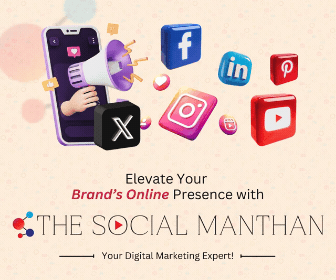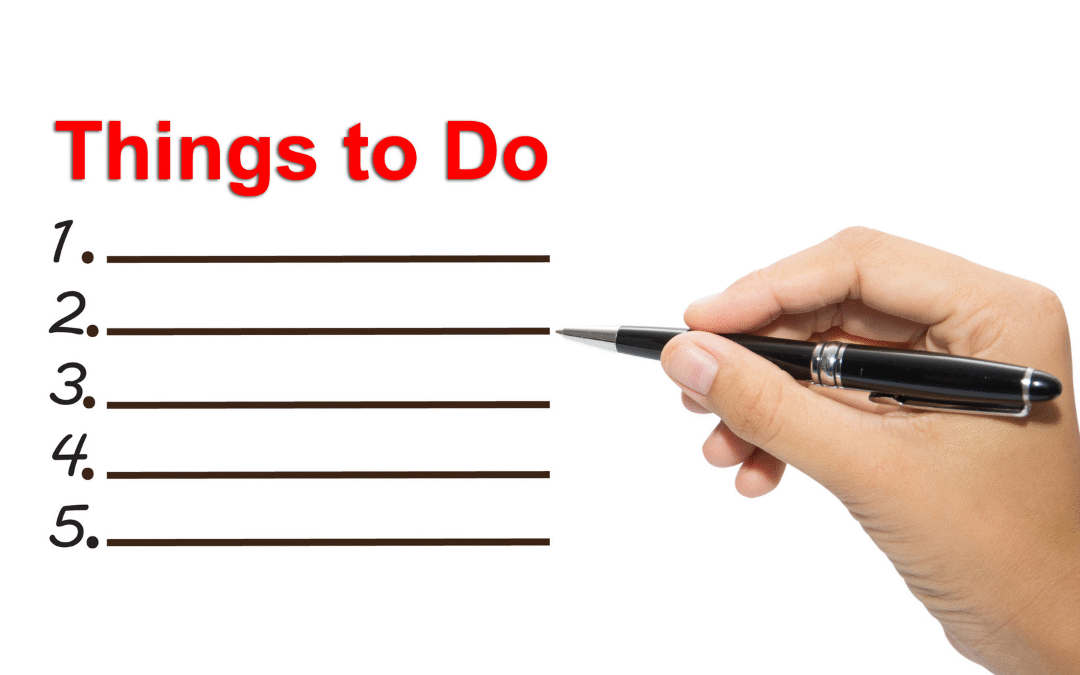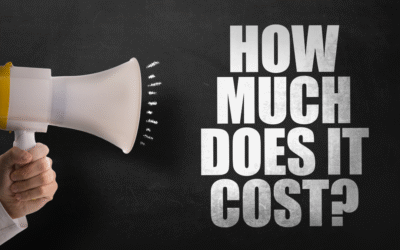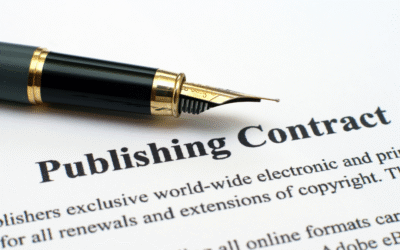Just as every story deserves to be told, every author deserves a publisher that aligns with their vision. In my journey, I’ve learned that finding the right publisher can make the difference between your book being read or remaining hidden away. I will guide you through the crucial steps to identify the right match for your story, emphasizing the risks of choosing the wrong publisher and the benefits of doing thorough research. Together, we can ensure your book gets the attention it deserves.
Key Takeaways:
- Understand Your Genre: Research publishers that specialize in your specific genre to increase the chances of acceptance.
- Review Submission Guidelines: Each publisher has unique submission guidelines; adhering to these is crucial for consideration.
- Network with Authors: Connect with other authors for recommendations and experiences to find publishers that align with your story’s vision.
Understanding the Publishing Landscape
A comprehensive understanding of the publishing landscape is crucial for any author seeking to bring their story to life. The choices you make can significantly impact your book’s reach, distribution, and overall success. By being well-informed about your options, you empower yourself to make decisions that align with your vision and goals as a writer.
Types of Publishers
There’s a diverse array of publishing options available to authors today:
| Traditional Publishers | These are established companies that handle all aspects of publishing. |
| Independent Publishers | Smaller, niche-focused presses that cater to specific genres or audiences. |
| Hybrid Publishers | Combines elements of both traditional and self-publishing. |
| Vanity Publishers | Authors pay upfront fees, often offering subpar services. |
| Self-Publishing Platforms | Where authors can publish directly through online services. |
Recognizing your options will help you choose the path that best fits your needs as an author.
Traditional vs. Self-Publishing
Any author must consider the stark contrasts between traditional and self-publishing. Traditional publishing often offers the prestige of working with established companies, however, they may require longer timelines and typically retain more control over the finished product. Self-publishing grants you complete creative and financial independence, but it also means handling all aspects of production and marketing. Each route carries its own sets of advantages and drawbacks, shaping your author journey in different ways.
Understanding the differences between traditional and self-publishing is vital. With traditional publishing, I rely on an editor, marketing team, and established distribution channels, which can lead to broader reach and recognition. However, the process can be lengthy and competitive, often requiring agents to even consider my manuscript. On the other hand, self-publishing allows me to take control of my project, but it demands strong self-discipline and investment in my own marketing strategies. Ultimately, both paths offer unique benefits and potential drawbacks, making it crucial to assess your personal goals and resources before committing.
How to Identify Your Publisher
One crucial step in getting your book published is identifying the right publisher who aligns with your vision and genre. This means not just looking for any publisher, but one that understands the unique essence of your story. Your research will guide you in making an informed choice that could significantly affect your book’s success.
Researching Potential Publishers
Any aspiring author should start by making a list of potential publishers who specialize in their genre. I recommend reading their submission guidelines, exploring their catalog of published works, and noting financial aspects like advance payments and royalties. This groundwork is vital for ensuring compatibility between your manuscript and the publisher’s focus.
Evaluating Publisher Reputation
If you wish to secure a reputable publisher, it’s crucial to evaluate their standing in the industry. Look for awards, accolades, or affiliations that indicate they are respected within the literary community. Solid publishers often have a good track record of successful titles and satisfied authors.
Understanding a publisher’s reputation can make a significant difference in your journey. By paying close attention to author testimonials and reading reviews on industry forums, you can gather insight into their practices. Be wary of publishers with a high rate of author complaints or those lacking transparency in their dealings. Positive red flags include success stories from authors and a consistent presence at literary events. These elements should give you confidence in your choice, making the publishing process smoother and more fruitful.
Key Factors to Consider
For authors seeking to publish their work, several key factors should be considered when choosing a publisher. These include:
- Publisher’s Reputation
- Distribution Channels
- Editing Services
- Marketing Strategies
- Contract Terms
The right publisher can significantly impact your book’s success.
Genre and Target Audience
Some publishers specialize in specific genres, making it crucial to identify where your story fits. Understanding your target audience also helps ensure you select a publisher who knows how to effectively reach and engage potential readers for your particular genre.
Contract Terms and Royalties
Royalties are a vital aspect of the publishing process that authors must closely examine. The terms of the contract will dictate your earning potential, so it’s imperative to look for advantages in royalty rates and payment schedules. A favorable agreement can enhance your financial success, while unfavorable terms can lead to financial loss or problems with future projects.
The contract should clearly specify not just the royalty percentages you’ll receive, but also details about rights concerning adaptations, translations, and more. It’s imperative to pay attention to hidden terms that could restrict your future publishing opportunities. I recommend seeking legal advice if any part of the contract seems ambiguous or concerning, as your intellectual property rights and financial stability depend on it.
Preparing Your Manuscript for Submission
All aspiring authors must take their manuscripts seriously when preparing for submission. It’s necessary to ensure that your work is polished and presented professionally. This involves not only proofreading for grammatical errors and typos but also adhering to industry standards in formatting and crafting effective query letters that capture the attention of potential publishers. Being meticulous about these details can significantly enhance your chances of getting noticed.
Formatting Guidelines
For your manuscript to stand out, it must follow specific formatting guidelines. Most publishers prefer submissions in 12-point Times New Roman font, double-spaced with one-inch margins. Additionally, numbered pages and a title page that includes your title, name, and contact information are crucial. By meeting these requirements, you project a level of professionalism that enhances your credibility as an author.
Crafting a Compelling Query Letter
Preparing your query letter is an necessary step in the submission process. This letter serves as your first impression, so I recommend keeping it concise while effectively conveying your book’s premise and your unique voice. Highlight your writing credentials, if any, and make sure to personalize your query to the publisher you are contacting. Attention to detail here can make a significant impact on whether your manuscript is requested.
Formatting your query letter correctly is equally as important as the content. Your letter should open with a strong hook that captures the essence of your story, followed by a brief synopsis that outlines the plot and its themes. I advise keeping the letter to one page, and remember to include a short bio that showcases your background as a writer. Always conclude with a polite thank you, as this leaves a positive impression. Do not forget, your query letter is your opportunity to sell your story, so take the time to craft it thoughtfully.
Tips for Effective Communication
Many aspiring authors underestimate the significance of effective communication when trying to connect with publishers. Here are some tips to ensure your message is clear:
- Be concise and to the point.
- Maintain a professional tone.
- Clearly articulate your story’s premise.
- Respect the publisher’s submission guidelines.
Knowing how to communicate effectively can make a significant difference in how your work is perceived.
Building Relationships with Publishers
Publishers appreciate when authors take the time to build relationships. By engaging with them through social media, attending book fairs, or even sending a simple introduction email, I can create a connection that may benefit my book’s chances of being published. Networking and fostering a professional relationship can lead to opportunities and insights that may otherwise remain hidden.
Following Up on Submissions
You should always follow up on your submissions to keep the lines of communication open. After waiting the recommended time frame, sending a brief, polite inquiry shows your dedication and professionalism. I recommend highlighting key points of your submission to jog their memory and reiterate your enthusiasm for the project.
To ensure a successful follow-up, I advise waiting at least six weeks after your initial submission before reaching out. This grace period demonstrates patience and respects the publisher’s busy schedule. When following up, keep your message polite and respectful; over-eagerness can be perceived as pushiness and may harm your chances. Remember to express continued enthusiasm for your work and mention any recent developments related to your book that may further its appeal. Striking a balance between eager interest and respectful patience is crucial in this stage of communication.
Navigating Rejections and Acceptance
Unlike the dreamlike process you envisioned, the journey to getting your book published is often riddled with rejections. Each ‘no’ serves as a stepping stone, providing valuable lessons and insights into how to refine your work. It’s crucial to remember that every successful author faced rejection before finding their perfect fit, and understanding this can help you maintain resilience as you navigate your publishing journey.
Handling Feedback Professionally
The key to transforming rejection into a constructive experience lies in your ability to handle feedback professionally. When receiving critiques, keep an open mind and view them as opportunities for growth. A professional approach can not only enhance your writing but also impress potential publishers who see your ability to adapt and develop your craft.
Deciding on Next Steps
Acceptance and rejection go hand in hand in the publishing landscape. When faced with rejection, take time to assess the feedback provided and determine how it aligns with your vision and goals. It’s imperative to reflect on whether to revise your manuscript and resubmit it elsewhere or perhaps, consider self-publishing as a viable alternative.
A well-thought-out decision on the next steps can set the trajectory for your success. If you’re inclined towards revisions, analyze feedback carefully and identify patterns that might enhance your writing. If you choose self-publishing, educate yourself about marketing and distribution options to maximize your book’s visibility. Navigating this process with a focused, strategic mindset will empower you to make the best choices for your story and its future.
To wrap up
Summing up, finding the right publisher for your story is a crucial step in the journey of getting your book published. I encourage you to research various publishers, assess their alignment with your genre, and evaluate their reputation and submission guidelines. By taking the time to understand your options and connecting with the right publishers, you position yourself for not just publication, but for the success of your book. Be mindful of, your story deserves a publisher who truly believes in it, just like you do.
FAQ
Q: What are the key factors to consider when choosing the right publisher for my book?
A: When deciding on a publisher for your book, you should consider the following key factors: 1) Genre Specialty – Look for publishers that specialize in your book’s genre to ensure they have the right market connections; 2) Reputation and Credibility – Research the publisher’s background, including their publication history and author testimonials, to gauge their reliability and industry standing; 3) Contract Terms – Carefully review the terms of the contract, including royalty rates, rights retention, and the level of support they provide in marketing and distribution. Choosing a publisher who aligns with your goals for the book can greatly affect its success.
Q: Should I consider self-publishing instead of traditional publishing?
A: The decision between self-publishing and traditional publishing depends on several factors, including your goals, timeline, and level of control you wish to have. Self-publishing allows for more creative freedom and higher profit margins, but it also requires you to manage the entire process, from editing to marketing. Traditional publishing offers professional support, industry expertise, and broader distribution channels, but can be more difficult to break into and might limit your creative control. Evaluate the pros and cons of each option based on your unique situation before making a decision.
Q: How long does it typically take to get a book published once I find a publisher?
A: The timeline for getting a book published after selecting a publisher can vary greatly depending on several factors. Typically, once a manuscript is accepted, the process can take anywhere from six months to two years. This period includes editing, design, formatting, and marketing strategy planning before launch. Factors such as the publisher’s workload, the complexity of your book, and the seasonality of publishing schedules can all influence this timeline. It’s necessary to maintain open communication with your publisher about expected timelines and milestones to ensure a smooth publication process.








